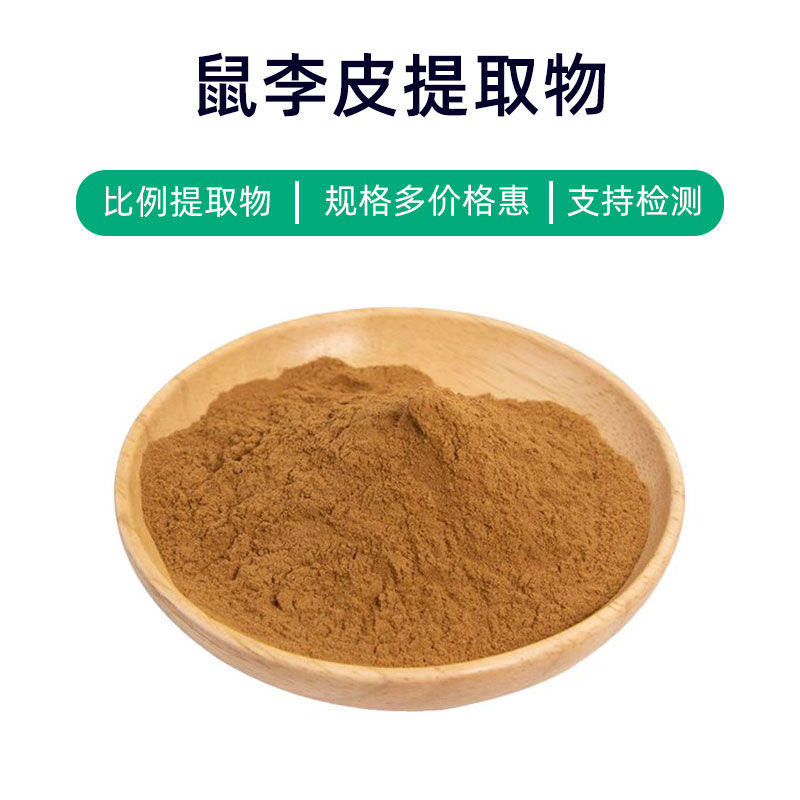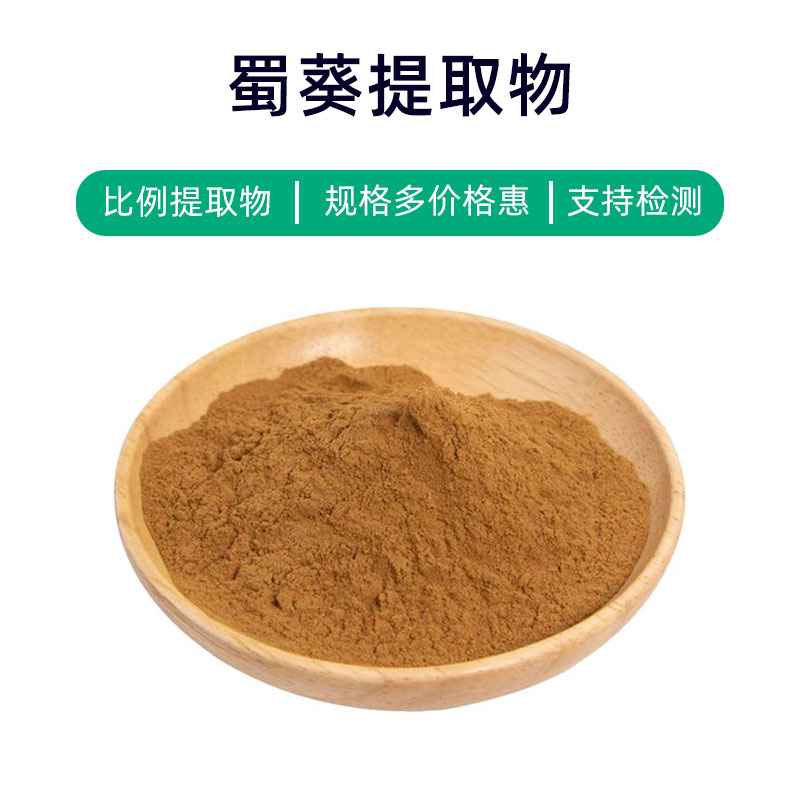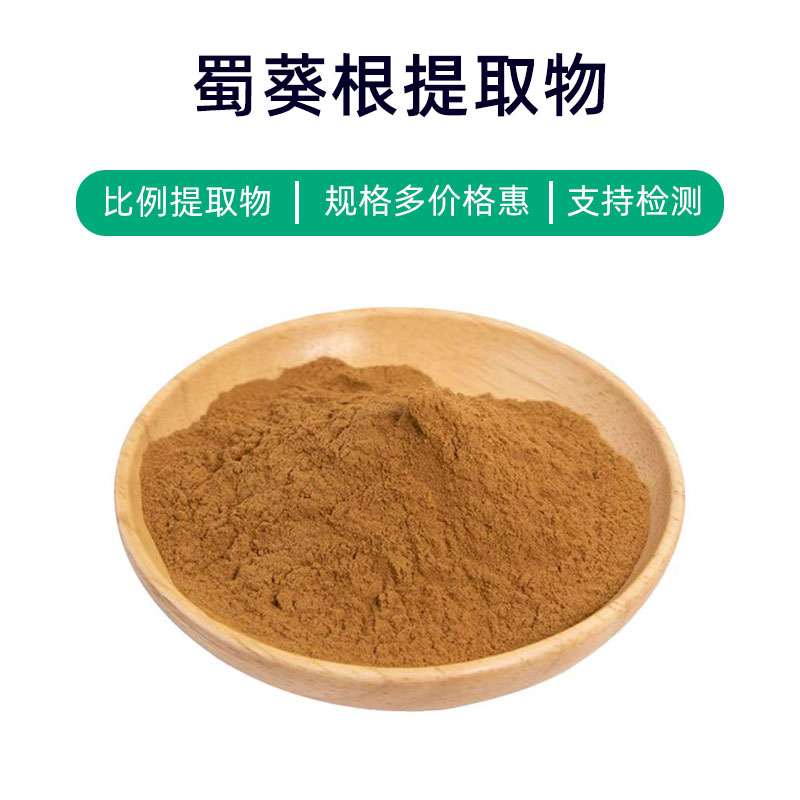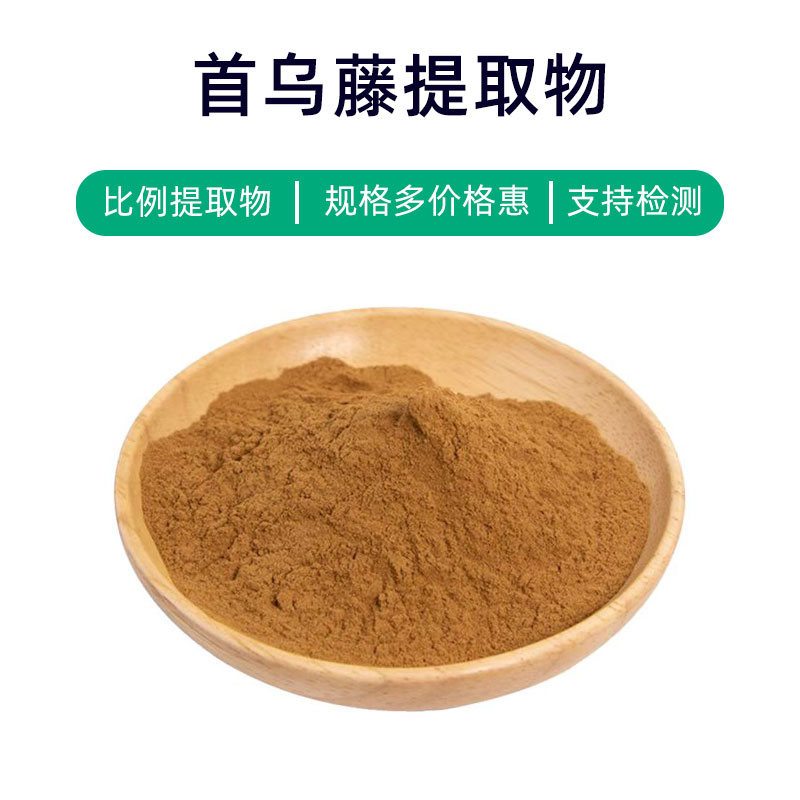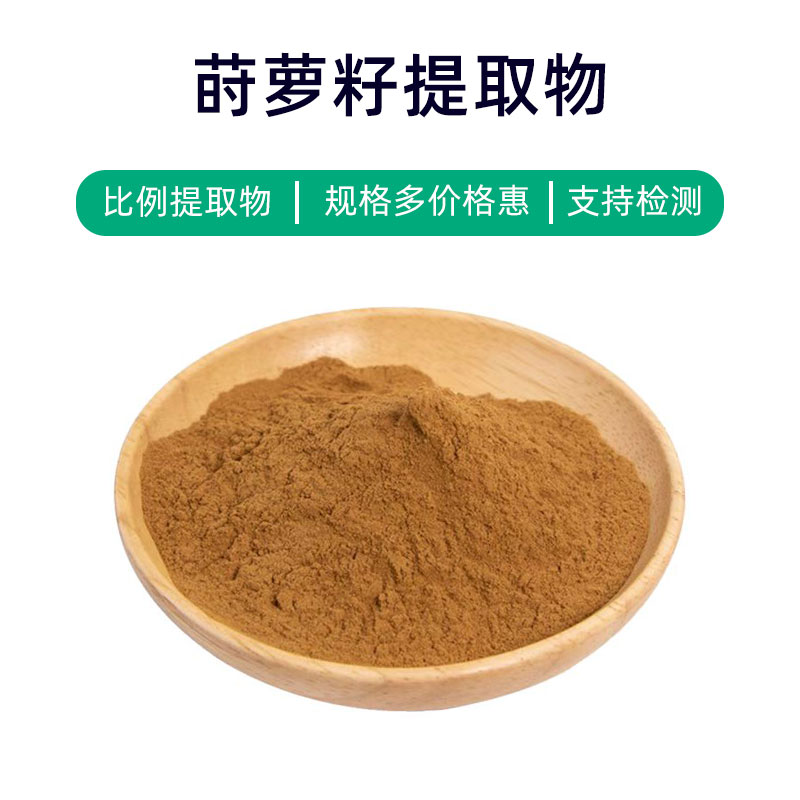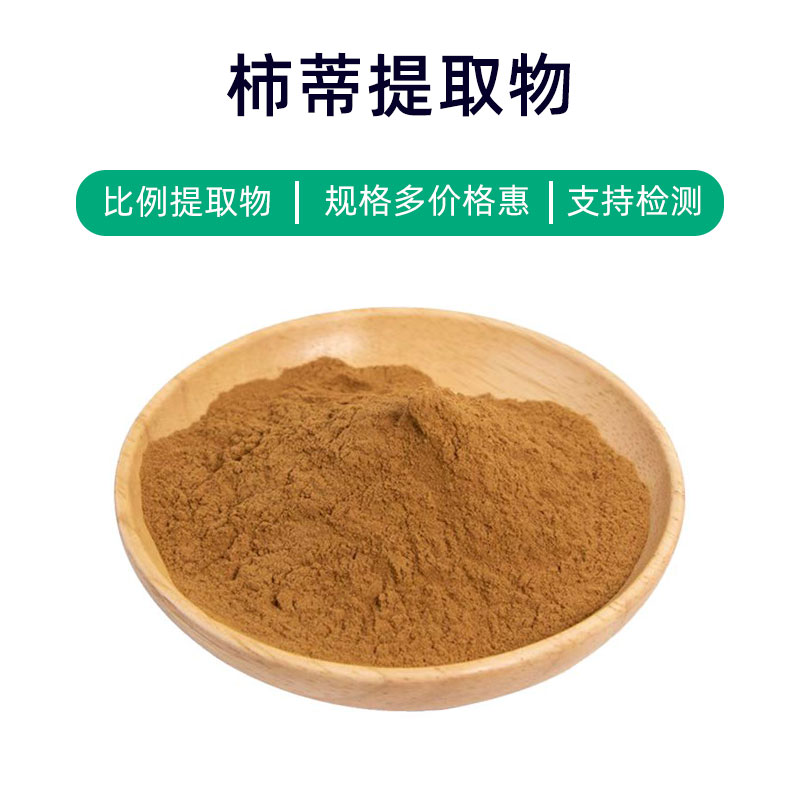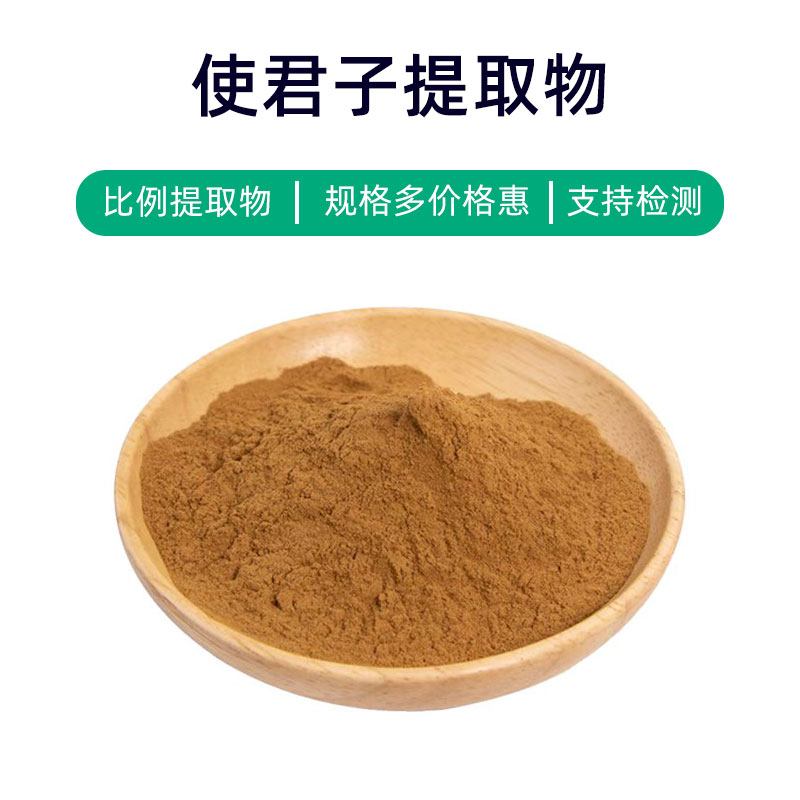Introduction to Fructus Xanthii Extract
Fructus Xanthii Extract is a natural plant extract derived from the fruit of the Xanthium sibiricum plant. Its main components include active ingredients such as flavonoids, polysaccharides, and volatile oils, which endow the extract with various bioactive properties and benefits.
In the pharmaceutical field, Fructus Xanthii Extract has wide application value. It is considered to have anti-inflammatory, antioxidant, and antibacterial properties, which help reduce inflammatory responses, enhance immune function, and exhibit certain inhibitory effects on specific bacteria. Consequently, it is often used in the formulation of anti-inflammatory drugs, immunomodulators, and other medications.
In addition to the pharmaceutical industry, Fructus Xanthii Extract is also widely used in health supplements and cosmetics. Its antioxidant properties help protect the skin from free radical damage, delay skin aging, and promote certain beauty benefits. Moreover, its antibacterial properties make it a common skincare ingredient that suppresses bacterial growth that causes skin disorders, promoting skin health.
In summary, Fructus Xanthii Extract is a natural plant extract with various bioactive components, suitable for application in pharmaceuticals, health supplements, and cosmetics. It can be used to formulate anti-inflammatory drugs, immunomodulators, and skincare products, providing benefits for skin health and overall wellness.
Production Process of Fructus Xanthii Extract
The production process of Fructus Xanthii Extract typically includes the following steps:
- Harvesting the Fruit: First, mature fruits of the Xanthium must be selected and harvested, usually when they are fully ripe to maximize the active components.
- Cleaning and Processing: The harvested fruit needs to be washed to remove any impurities and dirt. Then, a preliminary treatment, such as peeling, is performed.
- Extraction Process: The processed fruit is crushed or chopped and mixed with an appropriate solvent (e.g., ethanol, water). Active components are then extracted using methods like soaking, maceration, or heating reflux.
- Concentration and Solvent Removal: The extract undergoes concentration to evaporate the solvent, yielding a concentrated solution. A solvent removal process is conducted to eliminate residual solvents, resulting in purified Fructus Xanthii Extract.
- Drying and Pulverizing: The solvent-free extract is dried to remove moisture, enhancing its stability and shelf life. The dried extract is then crushed to obtain a uniform powder.
- Quality Control: Quality control measures are taken for the extract, including testing for active ingredient content, microbial limits, and heavy metal content to ensure that the product meets relevant standards and regulations.
- Packaging and Storage: Finally, the Fructus Xanthii Extract is packaged in sealed containers to prevent moisture and contamination. It is stored in a cool, dry place away from direct sunlight and high temperatures to maintain its stability and activity.
Through these steps, high-quality Fructus Xanthii Extract is obtained for applications in pharmaceuticals, health supplements, and cosmetics.
Benefits and Side Effects of Fructus Xanthii Extract
Fructus Xanthii Extract is a natural plant extract with multiple benefits and effects, primarily including:
- Antioxidant Effects: Rich in polyphenolic compounds such as anthocyanins and flavonoids, Fructus Xanthii Extract possesses strong antioxidant properties, scavenging free radicals and reducing oxidative damage, which helps maintain cellular health.
- Anti-Inflammatory Effects: Studies indicate that the active components in Fructus Xanthii Extract exhibit anti-inflammatory properties capable of inhibiting the release of inflammatory factors and alleviating inflammatory responses, aiding in the management of inflammatory diseases.
- Antibacterial and Antiviral Properties: The active components in Fructus Xanthii Extract have shown certain antibacterial and antiviral effects, inhibiting the growth of bacteria and viruses, which aids in the prevention and treatment of related infectious diseases.
- Liver Protection: Some research suggests that Fructus Xanthii Extract might protect the liver, alleviating liver damage and promoting repair and regeneration of liver cells, thus offering supportive therapy for liver conditions like hepatitis and fatty liver.
- Lipid-Lowering Effects: Some studies indicate that the active components of Fructus Xanthii Extract can regulate lipid metabolism, lowering serum total cholesterol, triglycerides, and low-density lipoprotein cholesterol levels, which helps prevent cardiovascular diseases like atherosclerosis.
Fructus Xanthii Extract, when appropriately used, is typically considered safe; however, allergic reactions or adverse effects such as digestive discomfort and skin allergies may occur in some individuals. Therefore, a patch test is recommended prior to use to avoid excessive intake.
Overall, Fructus Xanthii Extract possesses multiple benefits and effects, contributing to improved health and disease prevention, and finds widespread application in health supplements, pharmaceuticals, and cosmetics.
Applications and Dosage of Fructus Xanthii Extract
Fructus Xanthii Extract has broad applications in the pharmaceutical, food, and cosmetic fields, outlined as follows:
- Pharmaceutical Applications:
- Fructus Xanthii Extract is often used in traditional Chinese medicine recipes to treat liver diseases such as hepatitis and cirrhosis, offering liver protection.
- In modern medicine, it is utilized in the formulation of liver disease treatment drugs, such as liver protectants and auxiliary therapy medications.
- Food Industry Applications:
- The extract can serve as a natural antioxidant and preservative in food processing, including meat products, beverages, and baked goods, thereby extending the shelf life of foods.
- Due to its antioxidant and antibacterial properties, Fructus Xanthii Extract can also be used in health food formulations aimed at enhancing immunity and promoting health.
- Cosmetic Applications:
- Frequently included in skincare products as a natural plant extract, Fructus Xanthii Extract serves multiple functions such as antioxidant, anti-inflammatory, and moisturizing, aiding in improving skin texture and reducing inflammatory responses.
- It is commonly added to creams, lotions, and serums for the care of dry, sensitive, and fatigued skin, providing soothing and restorative effects.
Dosage and Usage:
- In Pharmaceuticals: Fructus Xanthii Extract is generally formulated into oral medications or injections for treating liver conditions. The dosage should be guided by a healthcare professional, usually following the instructions on the medication label or doctor's recommendations.
- In the Food Industry: The extract is typically used as an additive, with dosage adjusted according to food processing methods and recipes, generally added within appropriate concentration ranges.
- In Cosmetics: As an ingredient in skincare products, Fructus Xanthii Extract is usually applied as per the product instructions or manufacturer recommendations, typically suggested for use morning and night, applying a suitable amount to clean facial skin and lightly massaging until absorbed.
In summary, Fructus Xanthii Extract, a natural plant extract, holds significant application value in the pharmaceutical, food, and cosmetic industries, supporting health and beauty.
Plant Source, Distribution, and Growth Environment of Fructus Xanthii Extract
Fructus Xanthii, also known scientifically as Frangula alnus, is a common tree species, often referred to as buckthorn. Below is an introduction to the source plant, distribution, and growth environment of Fructus Xanthii Extract:
- Plant Introduction:
Fructus Xanthii is a deciduous tree belonging to the Rhamnaceae family. Typically growing to heights of 5-10 meters, it has gray bark and a spreading crown, with elliptical or oblong leaves, small green flowers, and black berries. - Distribution:
Fructus Xanthii is widely distributed across the temperate regions of the Northern Hemisphere, primarily found in Europe, North America, and Asia. In Europe, it is commonly found near streams, lakes, swamps, and moist woodlands, especially prevalent in countries like the UK, France, and Germany. In North America, its range extends from Canada into the northeastern United States. - Growth Environment:
Fructus Xanthii thrives in damp environments, often found along riverbanks, marshlands, wetlands, and around lakes. It has modest soil requirements, capable of growing in sandy, clayey, and calcareous soils, with a preference for well-drained conditions. The tree can endure cold temperatures and also adapt to warmer climates. - Growth Habits:
Fructus Xanthii grows rapidly and has a moderate lifespan, typically around 50-100 years. It is a shade-tolerant species, able to thrive in partial or full shade, but can also tolerate some sunlight. Under favorable conditions, it can grow several tens of centimeters each year.
In summary, Fructus Xanthii is a prominent tree species commonly found in temperate regions of the Northern Hemisphere, favoring moist environments, with few specific soil requirements, and demonstrating rapid growth and cold hardiness. Its bark is used to extract Fructus Xanthii Extract, which has various medicinal and health benefits, making it widely applied in the pharmaceutical and health supplement industries.
Processing and Storage of Fructus Xanthii Extract
The processing and storage of Fructus Xanthii Extract are crucial steps in ensuring its quality and stability:
- Processing Steps:
First, fresh Fructus Xanthii bark is harvested and undergoes preliminary cleaning and processing. It is then shredded or ground to enhance extraction efficiency. Suitable extraction methods, such as water extraction, alcohol extraction, or supercritical fluid extraction, are employed to extract the active components from the bark. Finally, steps like concentration, filtration, and drying yield a pure Fructus Xanthii Extract. - Storage Conditions:
Fructus Xanthii Extract should be stored away from direct sunlight and high-temperature environments to prevent oxidation and degradation. Sealing it in a cool, dry place helps protect against moisture and humidity. Ideally, opaque containers like dark glass bottles or sealed bags should be used for storage to minimize light exposure. - Quality Control:
Throughout processing and storage, strict controls should be maintained regarding production processes and quality standards to ensure the extract's purity and stability. Regular quality testing and analysis should include assessments of composition, microbial limits, and heavy metal residues to ensure compliance with applicable quality requirements.
Through scientific and regulated processing and storage procedures, the quality and stability of Fructus Xanthii Extract can be ensured, providing reliable support for its use in pharmaceuticals, health supplements, and cosmetics.
Monica Sun is a seasoned expert in the plant extraction industry with over a decade of experience in research and production. She specializes in the extraction and purification of plant active ingredients, focusing on driving innovation in natural product applications. Monica has participated in the development of multiple functional plant extracts, delivering high-value natural raw material solutions for the health food, pharmaceutical, and dietary supplement sectors.

